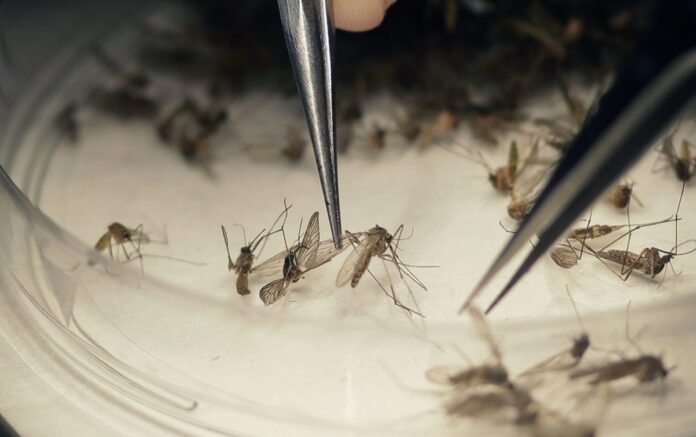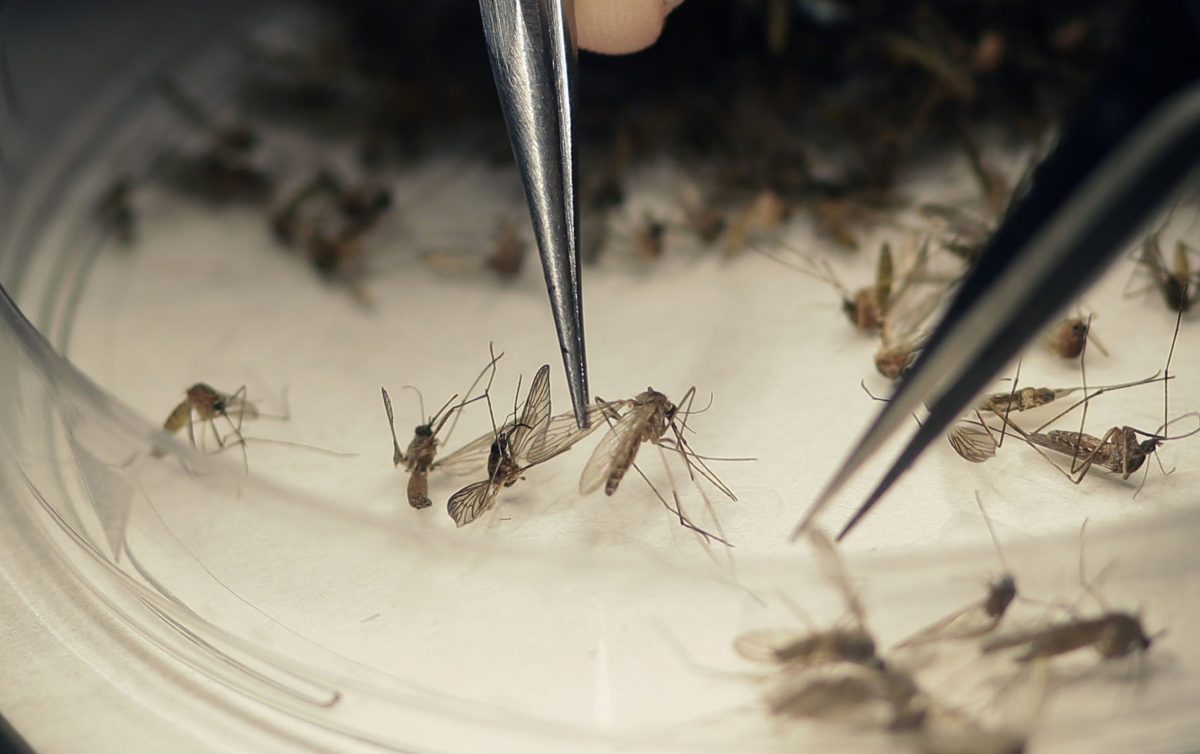
The second State of Texas Active Response to Zika Binational Conference (STARZ II) between health leaders from the United States and Mexico, which was held Wednesday in McAllen, highlighted the successful outreach and communication between both countries in fighting Zika.
And although Hidalgo and Cameron counties remain labeled by state health officials as “high-risk areas,” Zika rates appear to be under control thanks to open communication by both countries and a willingness on the border to work together to combat this virus, which is spread via mosquitoes.
We applaud this collaboration and note that although most federal funds will be cut off at the end of this fiscal year for education and outreach, our local communities here and south of the border have committed to continue to contribute their own money to this joint fight, Hidalgo County Chief Administrative Officer for Health and Human Services Eddie Olivarez told us.
Lawmakers in Washington, D.C., could learn a thing or two from this type of binational collaboration.
From December 2015 through December 2017, there have been 378 Zika cases in Texas, including six in Cameron County and four in Hidalgo County that were locally transmitted, according to Texas Health and Human Services. But while cases spiked in 2016 totaling 315, rates dropped in 2017 to 55 cases, the state health department reports.
Most importantly, statewide there have been only two new cases in 2018, the CDC reports.
And although Hidalgo and Cameron counties continued to see higher amounts of Zika infections in 2017, compared to other counties, health officials say that’s because of our year-round subtropical climate that facilitates a perfect breeding ground for the type of mosquitoes that carry this virus. And they say without weekly communication between both countries, and active outreach and education of their communities, these rates certainly would have been much worse.
Olivarez also credited outreach by the Catholic Diocese of Brownsville, which put notices in church bulletins; local nonprofit groups that walked colonias to inform residents of precautions they must take, and municipalities even putting Zika warnings in water bills.
This virus, which can be passed from mother to unborn child and can cause birth defects, including microcephaly, will take us all to fight.
So remember to eliminate places where mosquitoes can breed, like old tires, dog dishes and flower pots; reduce your chances of getting mosquito bites by wearing long clothes and DEET; dump stagnant water to kill mosquito larvae. And cover anything that can retain moisture.
Mosquitoes can breed in the amount of water that can fit in a plastic bottle cap. So let’s be diligent and let’s continue to work with our neighbors to the south to fight Zika.





